How Many Algae Eaters For Fish Tank: 5, 20, 55, 60g & More
Check Our Quick Stories
Having algae eaters in a fish tank is very important. These control the algal growth of an aquarium. Not only that, but some algae eaters (Siamese algae eaters) help to control detritus, flatworms’ population, and black beard algae too. However, you must choose algae eaters based on their aggression level. If you have a community tank then checking compatibility is a must before choosing an algae eater.
For a nano tank (≤10g), three pairs of shrimps or snails are the best option as algae eaters depending upon tank mates. One adolescent pleco & a pair of otocinclus catfish can be kept in for a mid-sized tank (≤40g≤). For big tanks (55g≤), the most suitable options are a pair of adult pleco & siamese algae eaters.
This summary may not satisfy you guys because all of you may have some specific aquarium sizes and the quantity of fish in the aquarium depends on the size of the aquarium. So without wasting much time let’s dive deep to know how many numbers of algae eaters you should have in the aquarium.
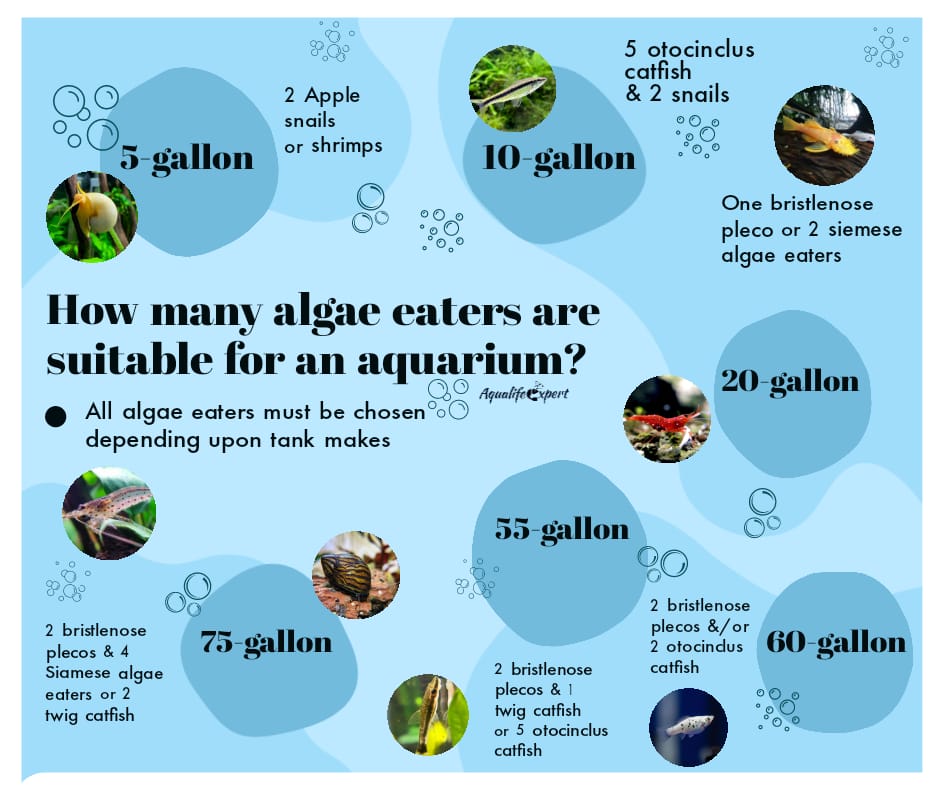
How many algae eaters for a 5-gallon fish tank?
Generally, aquarists keep mainly betta, neon tetra, guppy & molly in a 5-gallon tank. A 5-gallon fish tank is too small for adding extra fish for eating algae. So shrimp and snails will be two good choices. However, betta and molly may eat shrimp. So, 2 apple snails are better as algae eaters for 5-gallon tanks.
A 5-gallon tank is so small for a fish. We do not recommend this at all. You should arrange a little bit of money to keep a minimum of 10-gallon of the fish tank.
However, a 5-gallon is okay to keep one betta fish. You must know that betta is carnivorous in nature and it likes to have shrimp as its snack. So you must not keep shrimp anyhow as an algae eater.
Molly, itself is an algae eater and if you have mollies then you don’t require extra species for controlling the algae. However, it is not as effective as other herbivores.
So for a 5-gallon tank, the only two options are amano shrimp and apple or nerite snails as algae eaters depending upon primary species.
Read more:- 7 great fishes for only 5-gallon tank which you shouldn’t miss
How many algae eaters for a 10-gallon fish tank?
For a 10 gallon tank, 5 numbers of otocinclus catfish are the most preferred choice as an algae eater. It is peaceful & small fish. It can live with neon tetra, rasbora, dwarf gourami, shrimp etc. keeping 2 apple snails are also a good choice here. However, do not overstock the aquarium anyhow.
A 10-gallon aquarium is considered a perfect nano tank for aquarists. It is because a 5-gallon take is too small for a fish to thrive.
However, having algae eaters in a 10-gallon aquarium may be congested depending upon the primary species. You must do a little bit of research before adding algae eaters. You must know most of the algae eaters are fish and they occupy spaces. They release waste too. So the possibility of overstocking may appear if you add algae eaters without doing any research.
As otocinclus catfish grow up to 2-2.5 inches so they can be kept in a nano tank. If you have a 10-gallon tank then you can keep oto fish easily. However, you must keep this fish if you want this genuinely. Do not choose this only for eating algae. Snails are better for nano tanks only for eating algae.
Read more:- Are red algae harmful to saltwater fishes in marine aquariums?
How many algae eaters for a 20-gallon fish tank?
Having one bristlenose pleco is enough as an algae eater for a 20-gallon community fish tank. However, you can add snails, otocinclus catfish in a 20-gallon tank too. Snails are incompatible with gourami, goldfish loaches, etc. Two siamese algae eaters are also a good choice as algae eaters for a 20-gallon tank.
A 20-gallon fish tank is an average size for an aquarium. Everyone should start their fishkeeping hobby with a minimum of a 20-gallon fish tank. This tank gives enough space to keep an extra fish as an algae eater. However, it is not recommended.
If you have a 20-gallon planted tank then you can rely on snails and shrimp easily. Shrimps and snails are suitable for a planted tank. But if you want to keep snails then you must choose live plants wisely because snails eat some of the live plants too.
Siamese algae eaters and plecos would be two excellent additions to a 20-gallon community fish tank. A bristlenose pleco grows up to 5 inches. So, one bristlenose pleco is enough for a 20-gallon tank. Otocinclus catfish are also a good choice as an algae eater. However, you should add this as a group. Minimum two-three pairs of otocinclus catfish are recommended for a 20-gallon tank.
Read more:- How to Stop Fish Attacking Others in Aquarium: 90% People don’t know this
How many algae eaters for a 55-gallon fish tank?
Having a pair of each bristlenose pleco and twig catfish are recommended as algae eaters for a 55-gallon tank. These are peaceful but need some space to thrive. These are the best choice for a peaceful 55-gallon community tank. However, five numbers of otocinclus catfish can be added too instead of twig catfish.
A 55-gallon fish tank is pretty big to maintain for a beginner aquarist. In this aquarium, you can keep some adult algae eaters easily. However, lots of aquarists keep aggressive fish species in their 55-gallon tank. So you must check before adding an extra algae eater in it.
A bristlenose pleco is a good choice as an algae eater in an aggressive tank. This pleco can live in a cichlid tank too. Though this is not compatible with African cichlids still, you can keep it with other cichlids that have low aggression.
You can keep otocinclus catfish or twig catfish too as an algae eater. Their friendly behaviour will make the tank healthy. We never recommend Chinese algae eaters to keep in a community tank because of their aggression and territorial nature.
Read more:- How to build saltwater aquarium from scratch (55gallon)
Read more:- Top 7 Friendliest Fish Breeds For Your Aquarium
How many algae eaters for a 60-gallon fish tank?
A pair of Chinese algae eaters will be the second-best option as algae eaters if you don’t want to keep plecos. However, this fish is aggressive in nature. So if you don’t have fast & active fish like neon tetra, platies, danios, etc. then don’t keep it. Two siamese algae eaters are compatible with plecos too.
In a big tank, you must not focus on small algae eaters like shrimp or snails. It is because of their body size. You may not find them. Otherwise, they may become snacks for other big sized fish too. So for a big tank keeping pleco as an algae eater is the best option.
However, you must know about types of pleco before adding one. Some plecos need a very big tank to keep, such as sailfin pleco. It grows up to 15 inches and it is not suitable for a 60-gallon fish tank.
In addition, you must add an algae eater if you want this genuinely. A big size tank is suitable for big-sized fish and generally, big-sized fish become territorial in nature. So adding an algae eater will not be suitable unless its tank mates are not compatible with it. To remove algae naturally you can read our suggestions here.
Read more:- How to remove algae from the aquarium? Solutions for each type of alga
How many algae eaters for a 75-gallon fish tank?
For a 75-gallon fish tank, a pair of adult bristlenose pleco is probably the best choice as an algae eater. Having driftwoods is a must in this tank to keep those plecos healthy. 4 siamese algae eaters & 2 twig catfish should be the second choice. The bristlenose pleco may work for an aggressive cichlid tank too.
A 75-gallon tank is such a tank where you can keep some bottom feeders like bristlenose pleco. In this tank, pleco will definitely thrive if each and every parameter is okay. This aquarium is suitable to keep several driftwoods. To keep pleco healthy, having driftwood is a must because plecos love to eat driftwoods.
If you don’t want to keep pleco then Siamese algae eaters and twig catfish will be the second-best option. The numbers of these fish may increase or decrease depending upon the quantity of other fish. Chinese algae eaters may be suitable for some African cichlid tanks. However, you must research well before choosing it for your tank.
You can keep mollies or platies in this tank also. These may not be good algae eaters. But both of these species together can clean algae from an aquarium well. These are not suitable for an aggressive fish tank.
Read more:- Snails Appeared in Aquariums? 7 Effective Ways to Get Rid of It
Do I really need an algae eater for my tank?
To control algae, keeping algae eaters is not necessary unless aquarists love to keep that species. Having a few algae is good for an aquarium for establishment. However, algal bloom occurs due to excessive light & uneaten foods. Proper maintenance is the most recommended here to control algae.
Having algae eaters in a tank does not mean you will be free from algae. Pleco is considered the best species as an algae eater. However, it can’t eat any type of algae. So you should not think that algae eaters will control overall algae growth.
The most difficult type of algae is Black Beard Algae (BBA). Only siamese algae eaters can eliminate these algae. Now you can’t keep this fish in any type of tank because of the compatibility with other tank mates.
So if you love algae eaters to keep in the tank then you can definitely keep them. It means you have to consider these as a member of the tank. Otherwise, you can go to another article of us to know how to remove different types of algae from an aquarium.
Read more:- Are algae bad for aquariums? Know positive & negative both
What are the best algae eaters for planted tanks?
For a big sized planted tank (≥75g), two pairs of otocinclus catfish will be a good option as an algae eater. For small-sized planted tanks (≤10g) amano shrimp is probably the best algae eater. You may avoid snails because they may eat plants too. Moreover, siamese algae eaters work well for planted aquariums too.
Read more: – 5 Rare Betta Fish that you must try to collect: With Care Guide
Final thoughts
Algae eaters are a very good addition to a tropical fish tank. Now if you want to make a peaceful community fish tank then considering algae eaters as tank members will be a wise decision ever.
However, do not choose algae eaters just for eating algae. This may create a mess. If you have a planted tank then you must choose suitable algae eaters. Siamese algae eaters may eat plants’ matter. So you must do a little bit of research on it. Do research on the space requirements of the fish too. You should remember that algae eaters will occupy some of the spaces of the tank. You must subtract the decorations volume from the total volume of water to get actual free space. This measurement is required to avoid overstocking of fish in the aquarium.
So best of luck & happy fishkeeping 🐟
Read More:- 11 Most Popular Freshwater Aquarium Fish With A Recommendation
Read more: – 10 Types of Pleco Fish: With Pictures & Recommendation

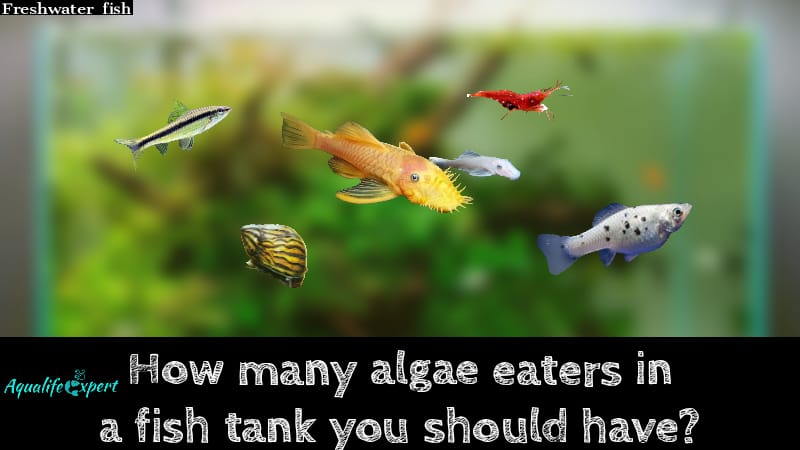

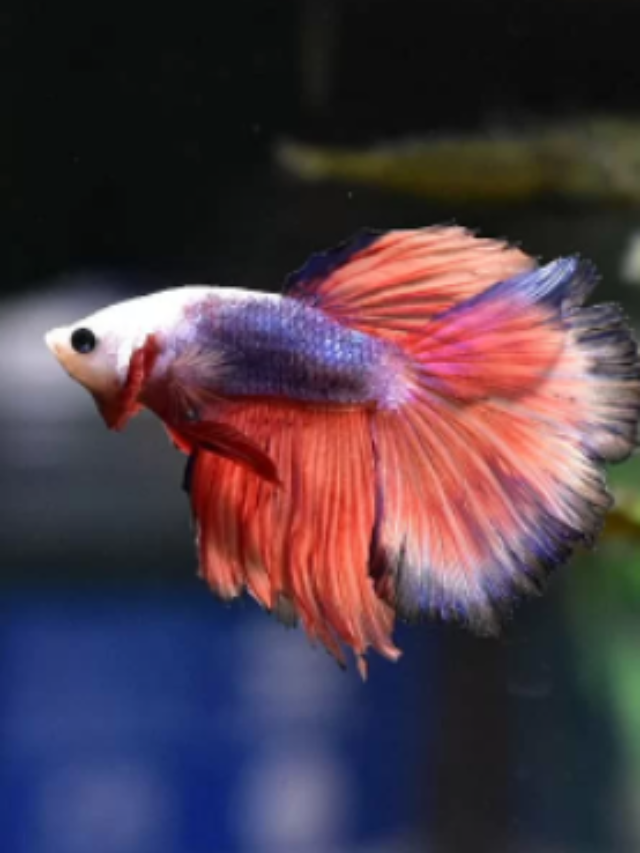

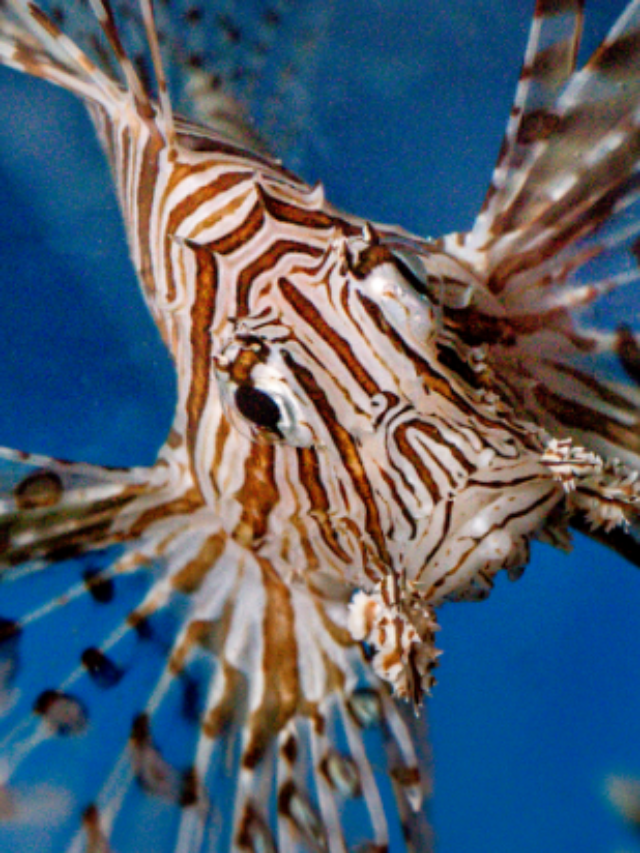

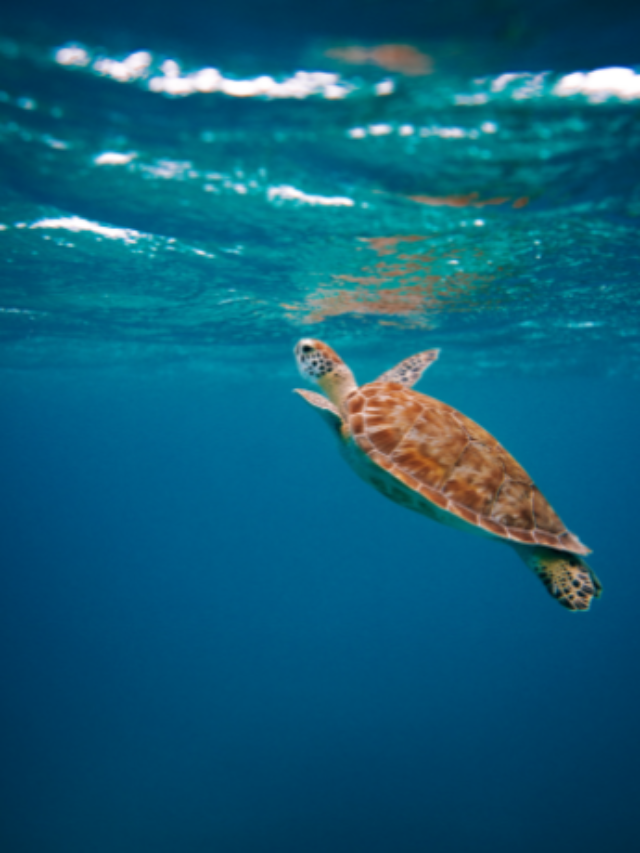
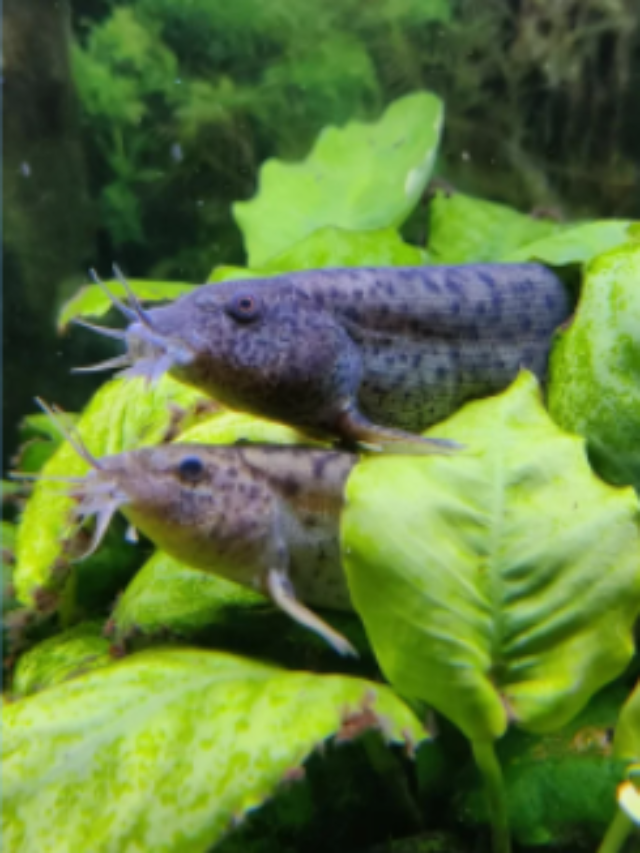
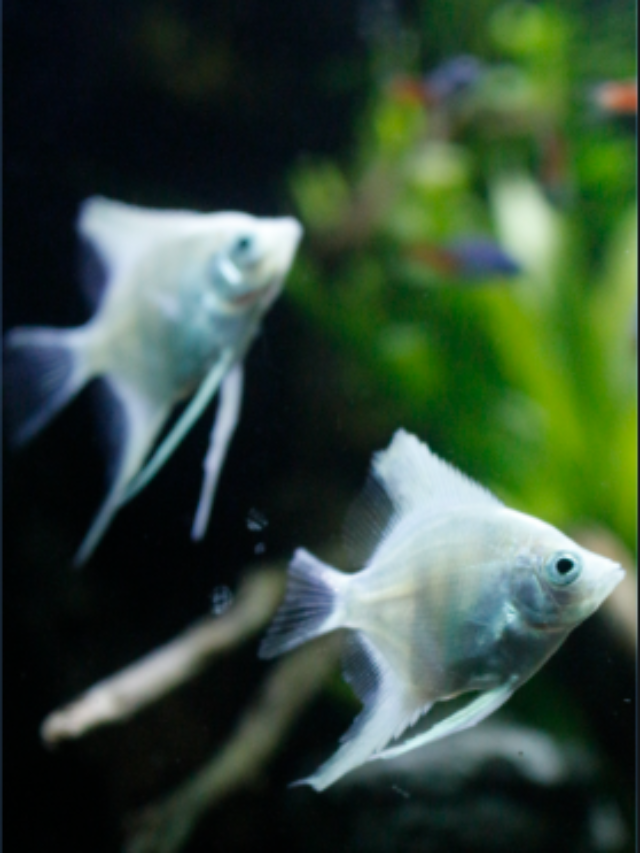
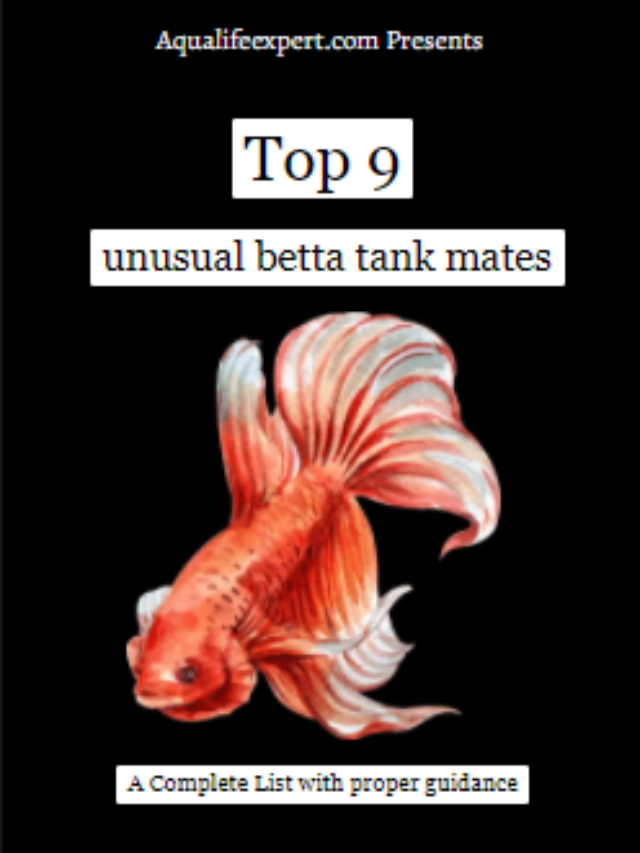

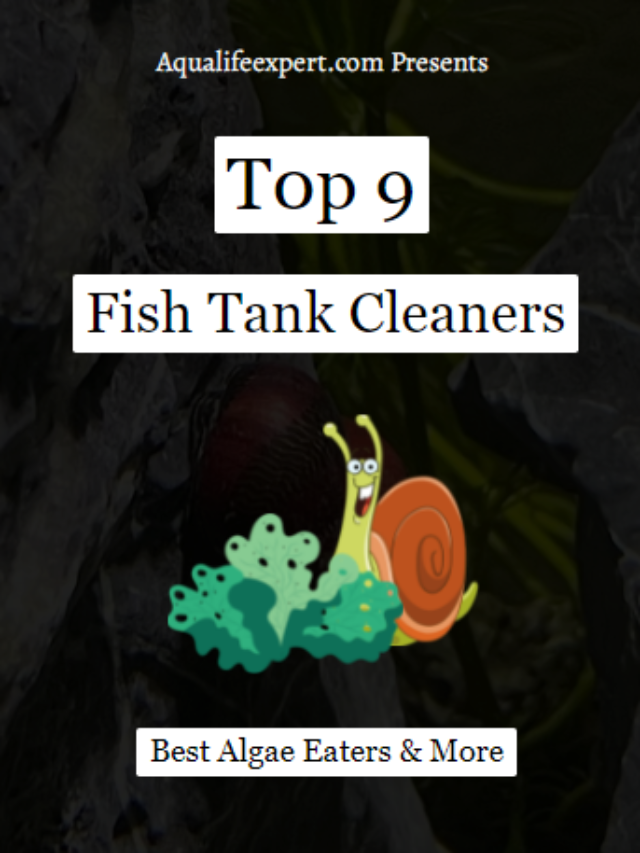




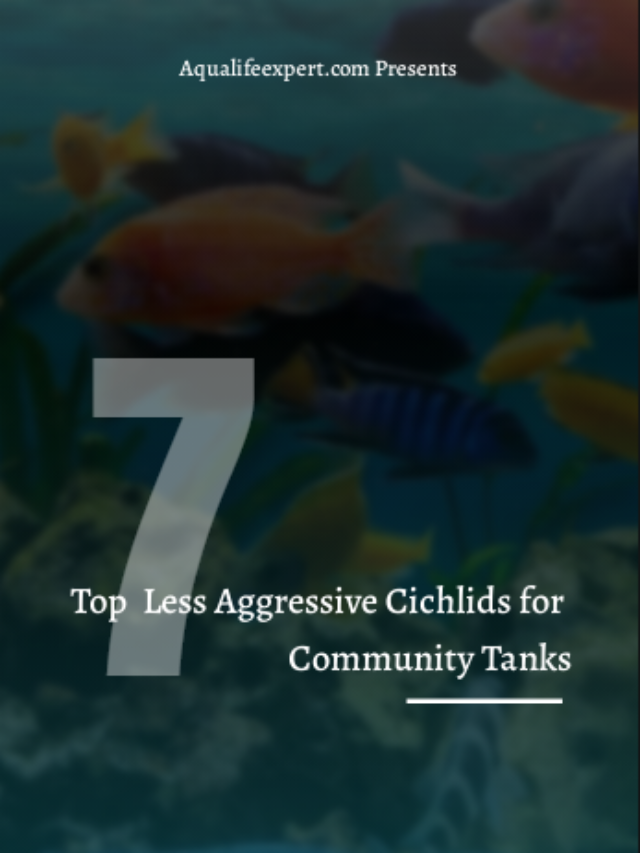
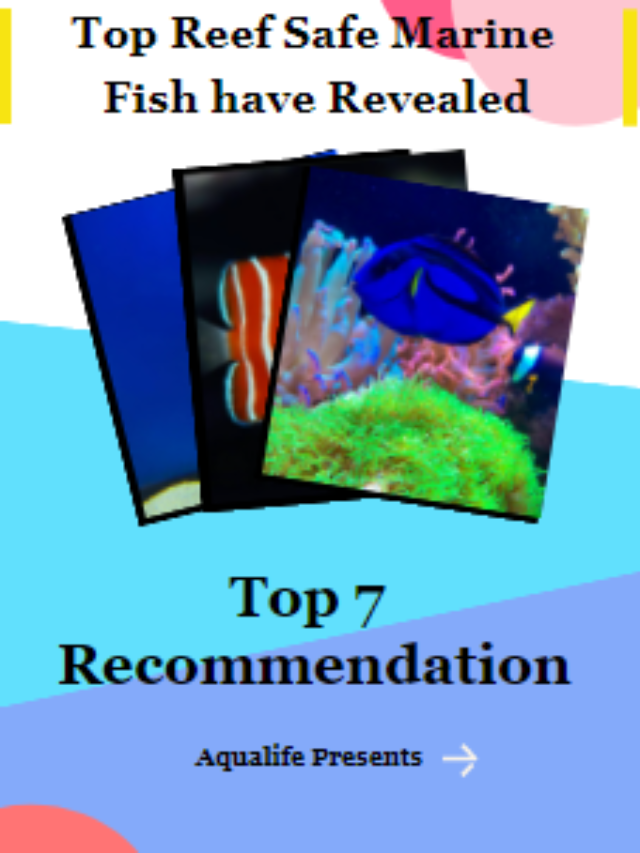


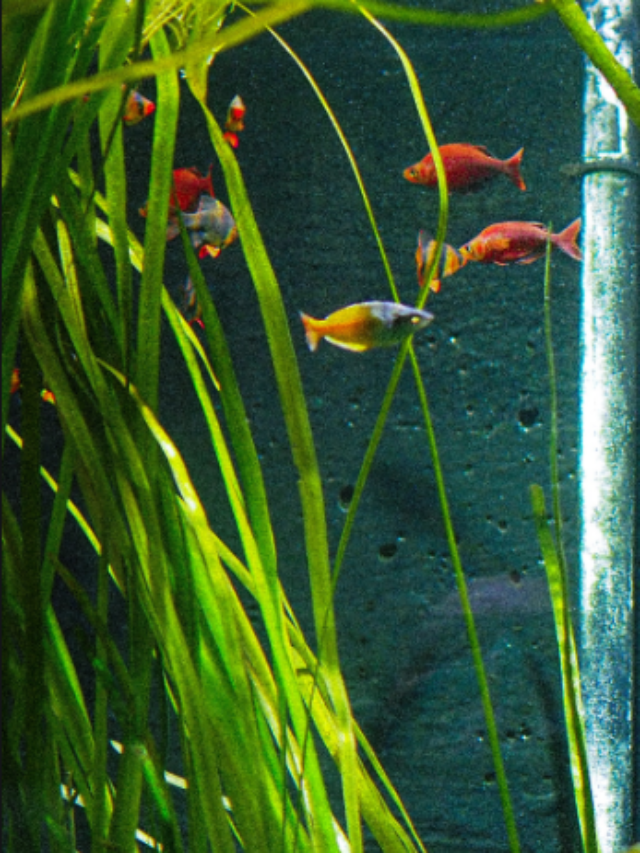
Hi there! Would you mind if I share your blog with my myspace group?
There’s a lot of people that I think would really enjoy your content.
Please let me know. Thank you
Definitely, you can share with your friends & groups.